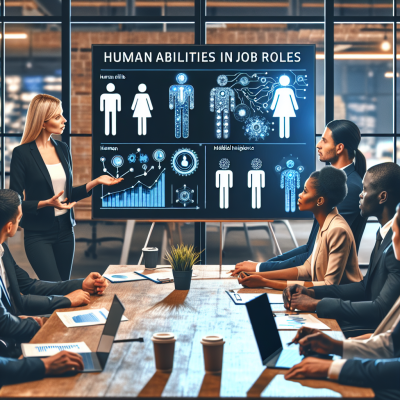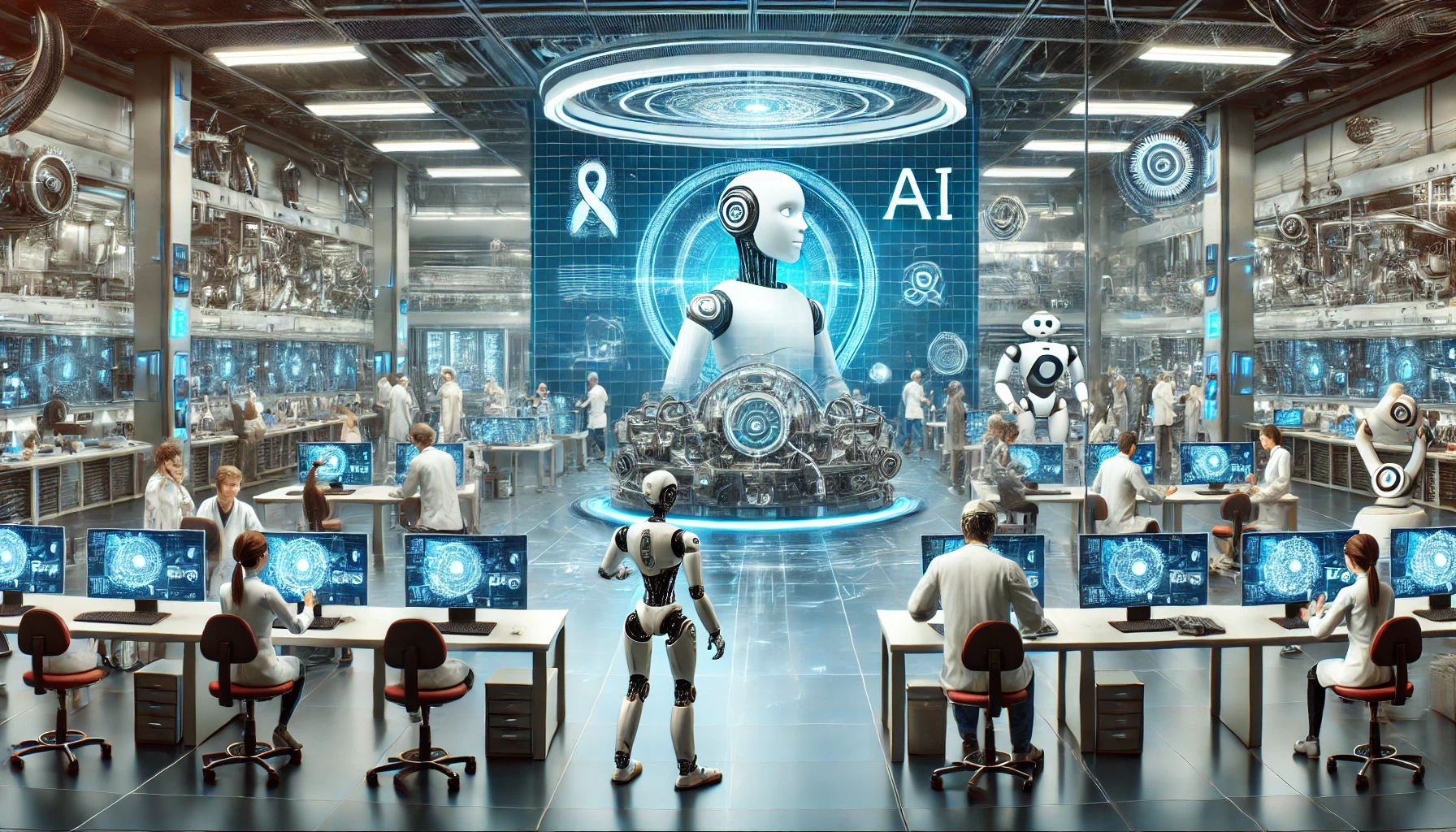
The New Hiring Frontier: Proving AI Can’t Do the Job
In the evolving landscape of workforce automation, some companies are taking a bold new step: requiring hiring managers to justify human hires by proving that artificial intelligence (AI) can’t handle the job. According to a recent survey by procurement software firm Zip, a growing number of organizations are adding an additional layer of scrutiny to the hiring process — and it all revolves around AI.
AI’s Rising Role in Hiring Decisions
As AI continues to infiltrate nearly every domain — from administrative support to IT and customer service — businesses are becoming increasingly cautious about justifying new headcount. The era of simply opening a role when there’s a need may be coming to an end.
Nearly two-thirds of executives surveyed by Zip say they are now requiring hiring managers to first analyze whether an artificial intelligence tool could reasonably perform the job instead of a human. This shift reflects how business leaders are actively assessing AI not just as a tool for process automation, but as a potential substitute for entire roles.
Why Companies Are Re-evaluating Hiring Norms
The rationale is largely rooted in efficiency and cost control. Hiring a full-time employee brings significant overhead — salaries, benefits, training costs, and more. AI, on the other hand, offers the promise of round-the-clock operation, minimal margin for error, and lower ongoing costs, especially for repetitive or rules-based tasks.
Zip’s survey found that businesses are increasingly trying to tighten their operational belt by applying constrained procurement workflows not only for software and infrastructure but also for human capital. In that context, “Why not use AI?” becomes the baseline question rather than an afterthought.
The Impact on Hiring Managers
If you’re a hiring manager, this trend introduces an entirely new hurdle into the recruitment process. Before proceeding with job listings or engaging recruiters, managers may now have to:
- Conduct an AI feasibility analysis to see if a tool or toolset can do what the job requires.
- Present comparative costs associated with AI vs human labor.
- Justify the qualitative benefits a human employee would bring over an AI solution, especially for creative, strategic, or interpersonal tasks.
This thorough evaluation slows down the hiring workflow but is increasingly seen as a necessary step in responsible staffing.
Not Just Tech Companies
While Silicon Valley giants are expected to spearhead this trend, the adoption of AI-first hiring assessments is not limited to tech firms. Companies across industries — from finance to retail and healthcare — are exploring how intelligent automation can offset labor costs and improve efficiency.
The Zip report surveyed hundreds of enterprises across sectors and found a unanimous direction: AI evaluations before expanding human teams are becoming mainstream.
Balancing Innovation With Humanism
Yet not everyone is heralding this approach as a win. Critics of AI-first staffing argue that its overuse may lead to a sterile, homogenous workforce and diminish diversity of thought. There’s also concern about bias in algorithms, lack of empathy in automated interactions, and the ethical ramifications of replacing people with machines wherever possible.
Nonetheless, proponents state that the additional scrutiny helps streamline decision-making and ensures that human resources are optimized for roles that truly require emotional intelligence, creativity, adaptability, and cross-functional collaboration.
How This Might Shape Future Job Roles
This shift in hiring dynamics means job candidates and current employees may also have to navigate this new AI gatekeeping. Job seekers may increasingly find it useful to:
- Up-skill or cross-skill in areas less susceptible to automation.
- Build expertise in uniquely human strengths such as strategic thinking, team leadership, and emotional intelligence.
- Demonstrate value not just in job performance, but in adaptability and innovation amid technological change.
Companies, for their part, will likely have to invest more in training managers to make informed decisions about when AI is appropriate — and when it’s not.
Conclusion: The AI Litmus Test Is Here to Stay
With AI’s capabilities expanding at a rapid pace, organizations are recalibrating their entire approach to talent acquisition. By requiring hiring managers to prove a role can’t be fulfilled by AI before getting approval, businesses are attempting to future-proof their workforce while maximizing efficiency.
In this brave new world of blended teams — combining humans and machines — the key for professionals will be staying ahead of the curve and embracing their irreplaceability in jobs that need emotional nuance, critical thinking, and human judgment.
Whether you’re a business leader, a recruiter, or a job seeker, it’s clear: AI isn’t just a tool anymore — it’s a touchstone every new hire must now measure up to.


Leave a Reply